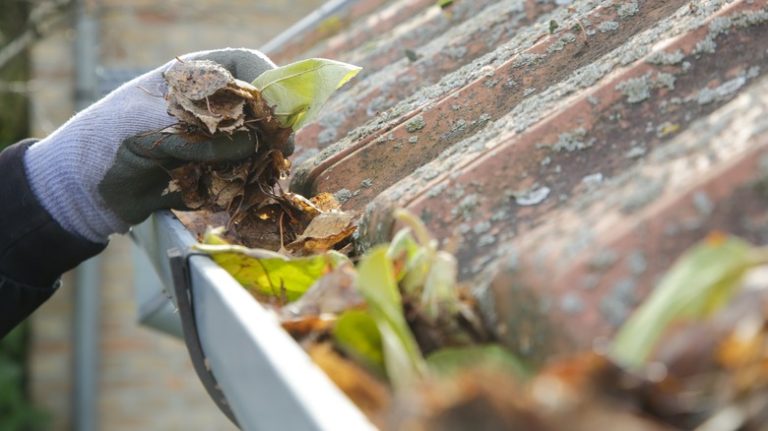The stunning color and unique shaping of amaranth (Amaranthus) make it an excellent choice for many landscapes. Whether you are growing it for its fabulous green, red, or purple flowers or its gluten-free grain and flour qualities, amaranth is a striking plant. It grows quite tall, and that is one of the reasons you need to provide a bit of extra support for it as it begins to thrive. Don’t make the mistake of growing amaranth in your garden without proper support for the plant. When they are properly staked, these plants can make for excellent ornamental elements to your garden, containers on the patio, or in your landscaping. It’s also possible to prune the flowers to bring them inside for your kitchen.
The height of these plants ranges based on the specific variety. Amaranthus hypochondriacus is the most common type grown in the U.S. and is noted for reaching up to 8 feet tall. Others, including Plainsman, will reach 5 to 6 feet in height. In large-scale crop growing, it’s critical to provide proper support for all of the plants, but even in a home garden, there’s benefit in either staking or netting the plant to provide additional support.
Though amaranth is not necessarily hard to grow, it requires careful attention to create the right environment. It does well in most types of well-drained soil and can be grown from seed, in some environments, and as younger transplants in areas with a shorter growing season.
Planting amaranth in your garden

Before considering staking this plant, a technique which is vital when stabilizing your larger trees, giving it the right environment is critical. Typically, it does well if it’s in a warm area with ample light. If you’re planning to start it from seed, plant it just a few inches into the soil when temperatures are over 70 degrees Fahrenheit. They should begin to sprout soon after this but need direct sunlight to encourage them to grow upwards instead of spreading out with thread-like shoots. Once established, this plant will begin to grow quickly, especially if the soil is kept moist and has a strong nutrient level. Keep them spaced out with at least a foot between each plant to provide them with enough room to grow.
The next step is to promote the growth of the plant so it continues to rise. You can do this by pinching it once it reaches about 6 inches in height. This encourages the plant to produce several smaller flowers. Many people prefer this method because it enables better color and flower display for vases. If you want to keep the plant’s flowers smaller, don’t make the mistake of not up-pinching the flower heads. Pinching is also fantastic for increasing the amount of harvest that you get. Doing this early on, often within a few weeks of planting, sends a message to the plant to keep growing!
Consider staking the plant soon after pinching

As the plant begins to grow, it becomes necessary to give it a bit of a helping hand to ensure the stems have enough support to prevent them from toppling over. You can do this in several ways. There’s no specific timeframe for staking — do so when you notice the plant is reaching a foot or more, or otherwise becoming taller faster. As the plant reaches several feet in height, it will become top-heavy, which will make it hard for the amaranth to continue to grow upwards. If allowed to fall, it’s likely to stop growing and may be at a higher risk for pests and disease.
There are several options for staking amaranth. The first is to create netting that works to support the plant as it gets taller. This works well if you are growing a row of plants and need to support all of them at once. Another option is to use metal support structures. You can use tomato cages to help support them as well. No matter what staking method you use to give your plants extra support, monitor its effectiveness as your plant grows.
Be sure to monitor their growth and continue to stake and support them as they get taller. Knowing a bit about the expected growth height for the variety you have will give you some insight into when you need to stake. Doing this and keeping the soil warm will encourage ongoing growth of the plant. Start them in late spring for a longer growing season.



